Language and currency settings
Change your language and currency settings by selecting your preferences below
Select currency
Select language
How Lab-Grown Diamonds Are Made — Our Visit to the Diamond Lab in Bergen
For us at Nangi, visiting the University of Bergen’s diamond lab was an experience we’ll never forget. We got to witness how the diamonds of the future are created — right here in Bergen. For Jenny, our founder, it was especially meaningful to see science and sustainability meet in the city she calls home.
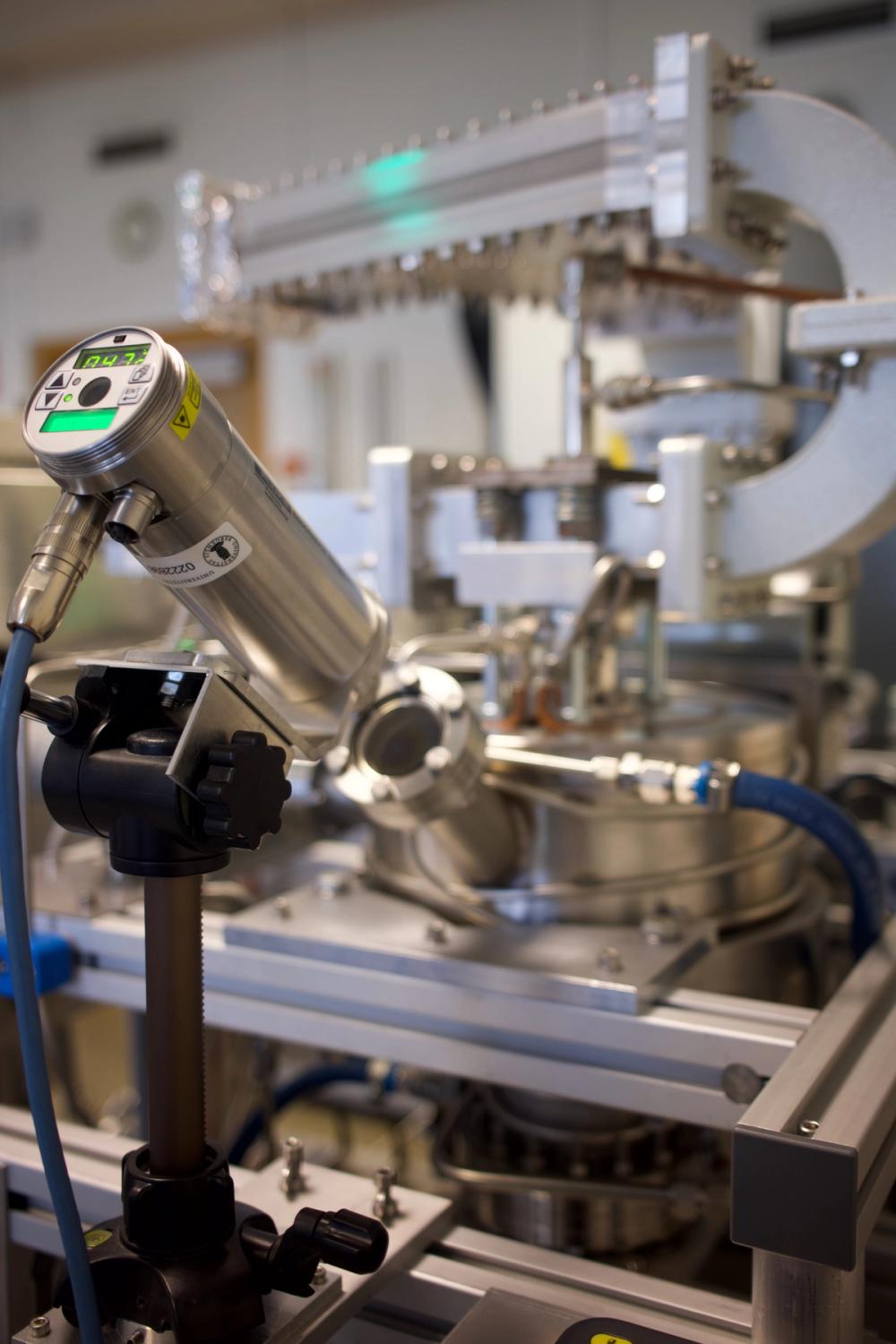
Bergen and the drop
Bergen is known for its raindrops — and the drop is also our logo. It holds both Bergen and Sri Lanka within it: the city of rain, and the teardrop-shaped island in the Indian Ocean. Nangi was born in the meeting between these two drops.
Standing inside a laboratory in Bergen and watching carbon transform into diamonds felt like watching our symbol come alive. The drop — nature, life, cycle, belonging — has always been the red thread in our story.
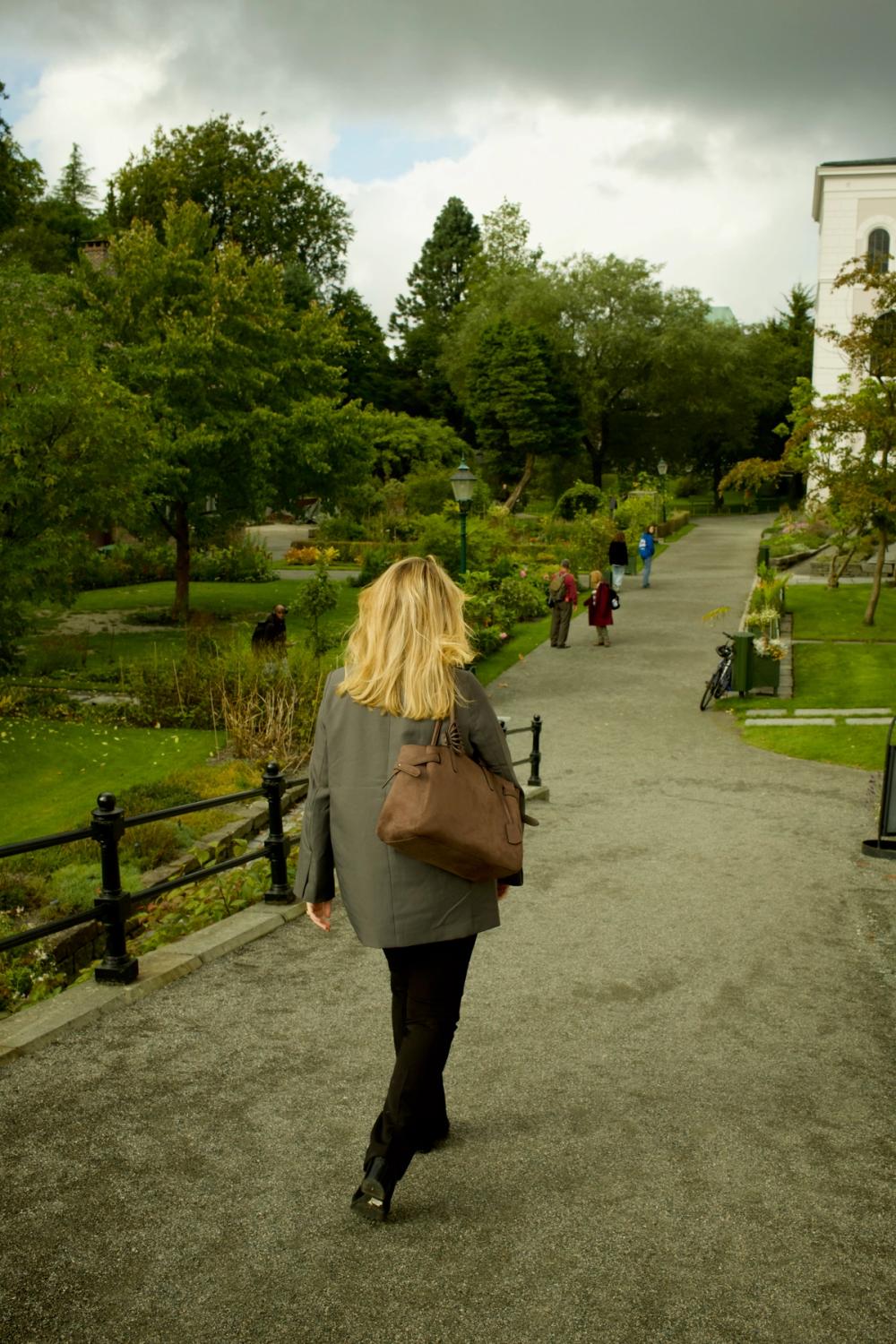
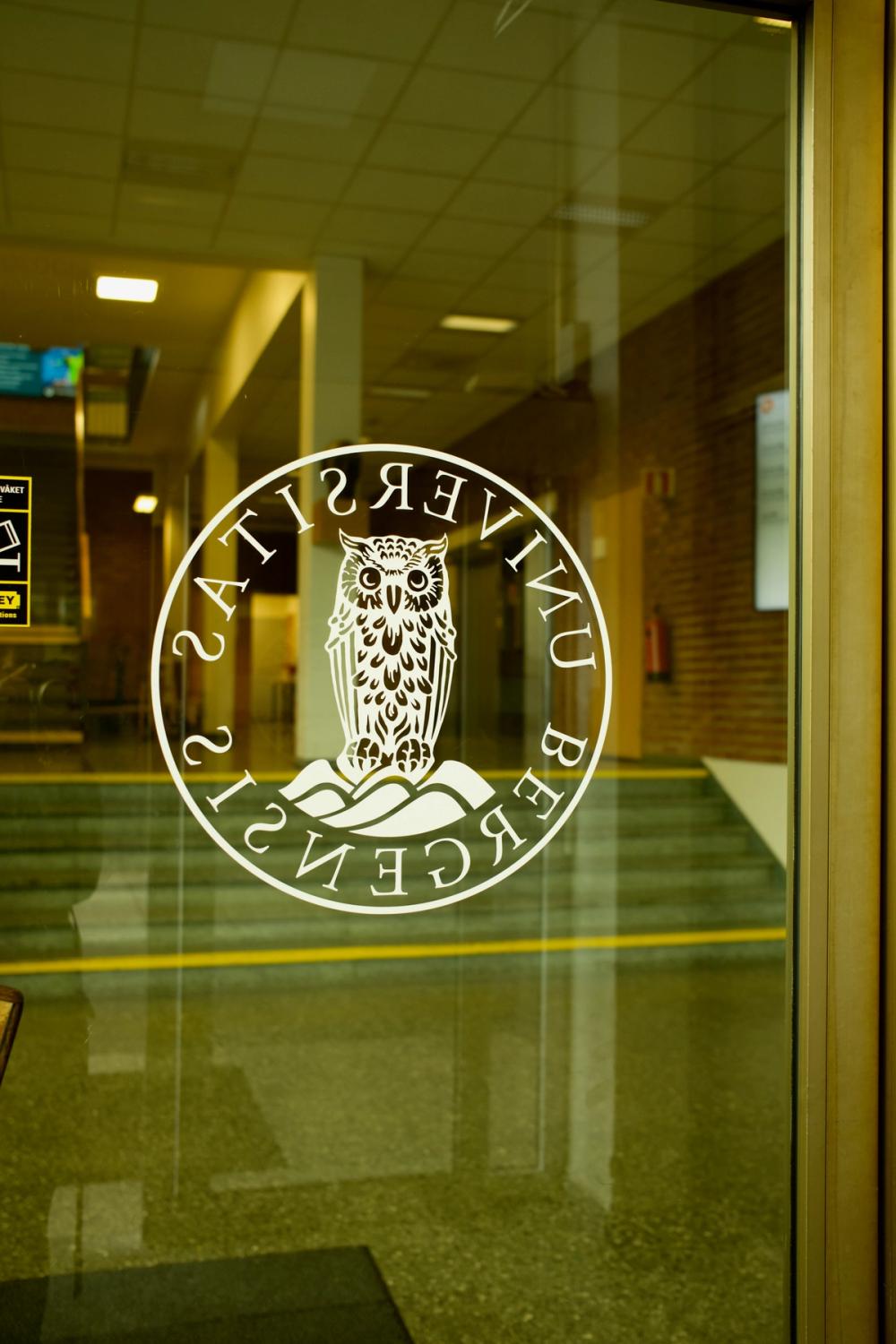
Inside the laboratory
The lab at Nygårdshøyden is small, but packed with advanced CVD machines (Chemical Vapor Deposition), microscopes and research equipment. Here, diamonds are grown layer by layer — identical to those formed deep within the Earth.
We got to see the entire process: from tiny carbon “seeds” slowly growing into rough, uncut diamonds. Holding a gemstone in our hand, knowing it was created here, felt like witnessing the future of luxury.
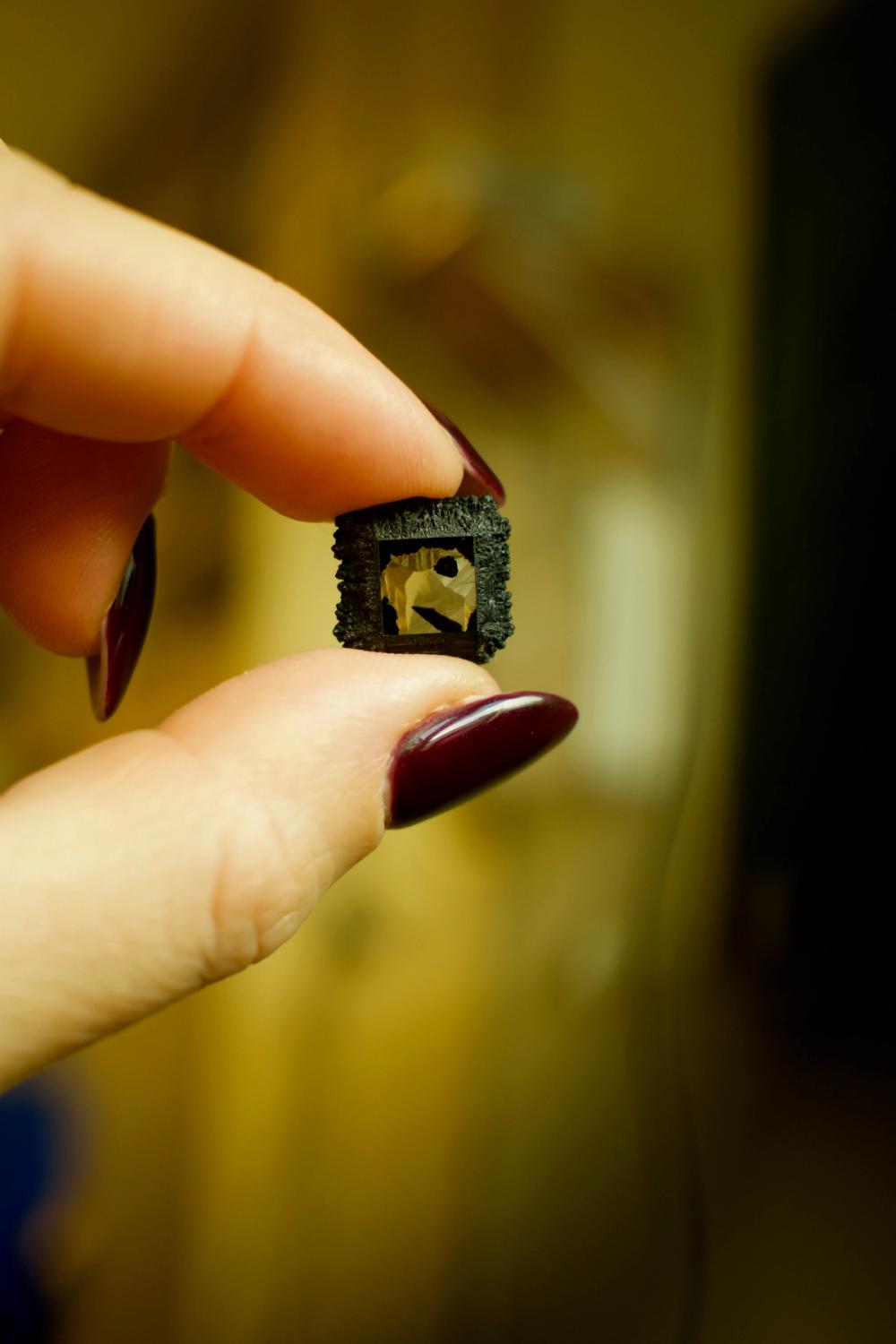
Myths and truths
We brought several questions with us — many of them taken from social media, where myths about lab-grown diamonds thrive.
“Are lab-grown diamonds even real?” — “On an uncut rough diamond, you can see the difference,” the researcher explained. “But once it’s polished, they’re identical. No one — not even experts — can tell them apart.”
“Isn’t production harmful for the climate?” — “Yes, we use methane gas. But in such tiny amounts that a 20-liter tank isn’t even half-empty after nine years. Compared to emissions from meat production, it’s a drop in the ocean.”
“Is it true that they aren’t actually made in laboratories?” — “You’re standing in one right now,” the researcher smiled.
His answers support what Shigley et al. (2016b) document: lab-grown and mined diamonds share the same physical properties and can only be distinguished using advanced testing methods.

Voices from the lab
We also met Justas, who works on “growing” the diamonds. When we asked what he would choose if he were buying a ring for his wife, he didn’t hesitate:
“I would grow. It’s the most eco-friendly and the best type of diamond you could buy or engineer. My wife got one lab-diamond I made, and her best friend is a ring designer, so she made the ring to fit the lab-diamond perfectly. It was very special.”
He also shared a comparison we’ll carry with us:
“When you buy flowers, you don’t care if they’re grown in the wilderness or on a farm in the Netherlands. It’s still a flower, and you appreciate its beauty. And that’s the same with diamonds. You can even engineer more interesting things than nature can do.”
His words reflect our own philosophy: beauty is not defined by origin alone, but by what it represents — responsibility, sustainability and the future. As George (2024) shows in her study from India, more and more young buyers are choosing lab-grown diamonds not only because they see them as real, but because they see them as right.
When we asked Justas whether he would still choose a lab-grown diamond if it wasn’t made with 100% renewable energy, he answered honestly:
“I would. Yeah, of course. First of all, it’s cheaper. For me, personally, yes. And it’s a better option compared to hard labour in Africa as well.”
This aligns with Gardetti (2020), who points out that luxury today is defined less by rarity and more by ethical intent.
Beyond jewelry
One of the biggest surprises was learning how diamonds are used outside the world of jewelry. At the University of Bergen, diamonds are being researched for prosthetic coatings, early cancer detection and genetic analysis.
As Jiang et al. (2025) describe, diamond materials open the door to new possibilities in medicine and technology. A diamond may sparkle on your finger — but it may also save a life.
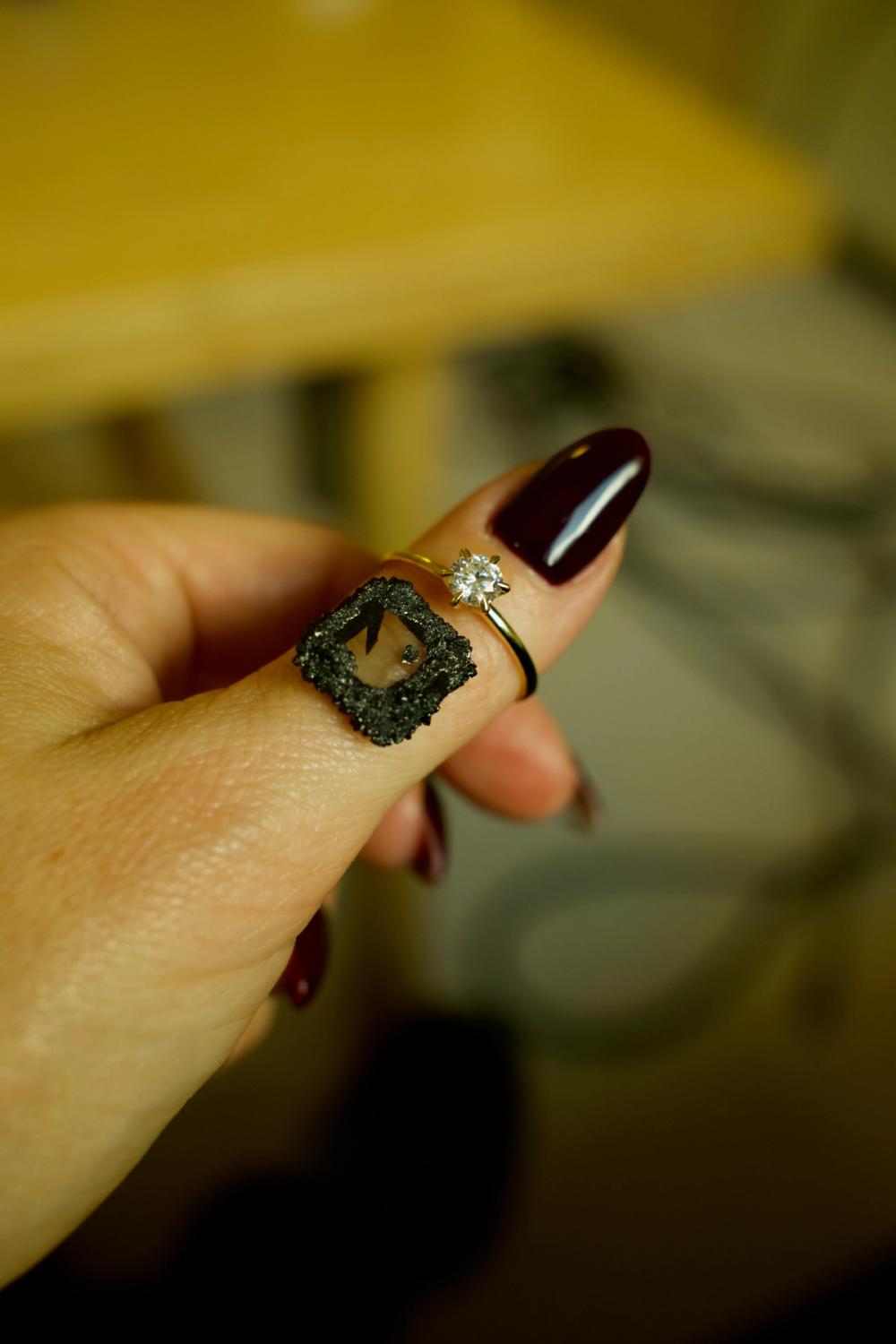
True luxury is green luxury
When we left the lab, we were filled with gratitude — not only for the experience, but for the confirmation that Nangi made the right choice when we turned away from mined diamonds.
For us, lab-grown diamonds are more than a sustainable alternative — they are the future of luxury. They bring together science and nature, technology and design, beauty and responsibility.
We believe that true luxury is not about owning something rare for the sake of rarity. True luxury is choosing with intention. Wearing a diamond that is not only beautiful, but also carries a lighter footprint, ethical origin and hope for the future.
As Gardetti (2020) writes: “Sustainability is not the end of luxury, it is its redefinition.” And that, to us, is the heart of it: real luxury is green luxury.
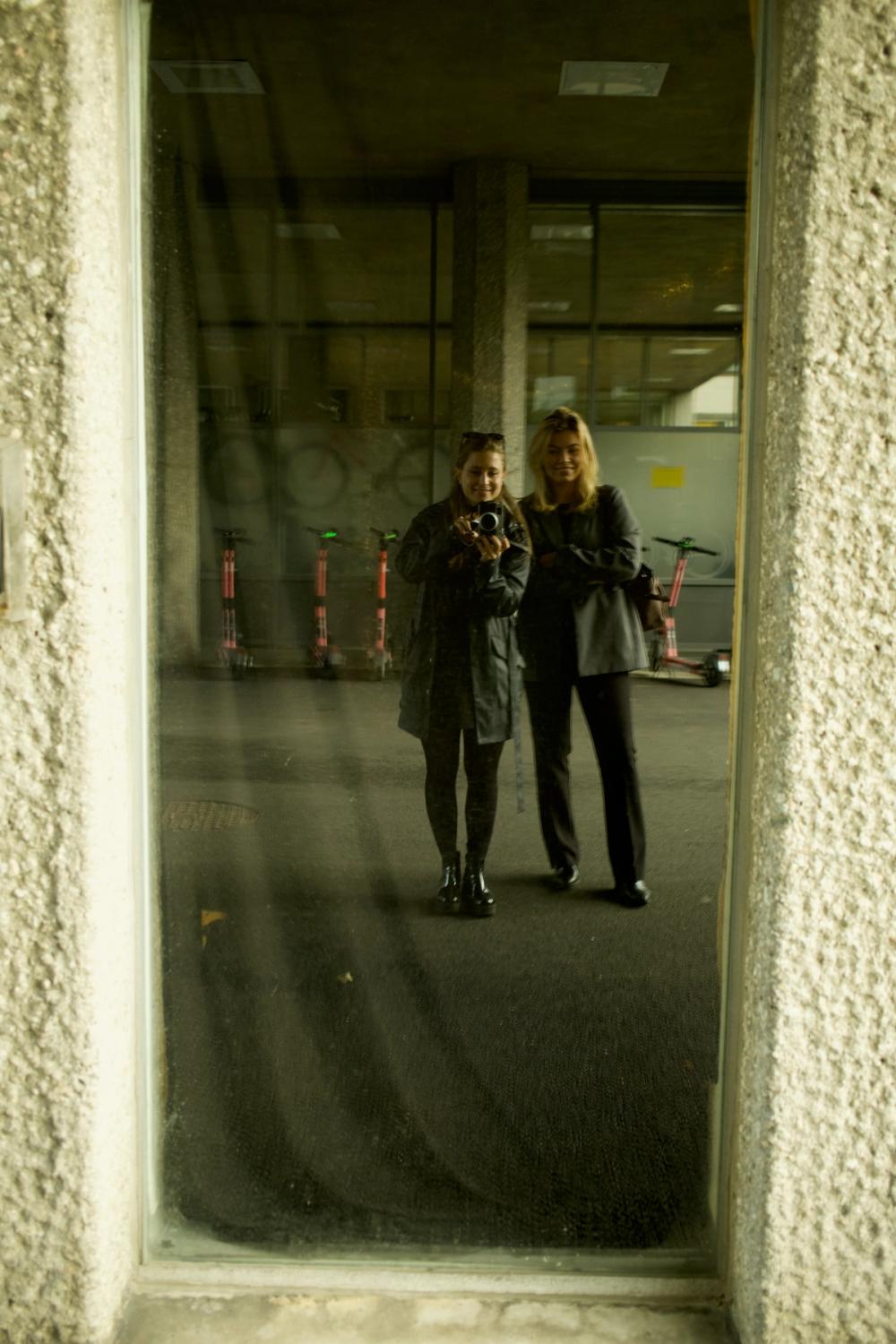
References
George, A. 2024. Sustainable Sparkle: The Emergence and Impact of Lab-Grown Diamonds in India’s Diamond Capital.
Gardetti, J. 2020. Sustainability: Is It Redefining the Notion of Luxury?
Jiang, X. et al. 2025. Optimizing Eco-Friendly Jewelry Design Through an Integrated Eco-Innovation Approach Using Artificial Neural Networks.
Shigley, J. et al. 2016b. Gem News International (Lab Notes).
Join the Nangi family!
Read similar posts






Join the Nangi family!
Subscribe to our newsletter to be the first to know when we release new one-of-a-kind pieces, and gain exclusive access to secret sales and events
Norsk side
Nangi Fine Jewelry © 2024